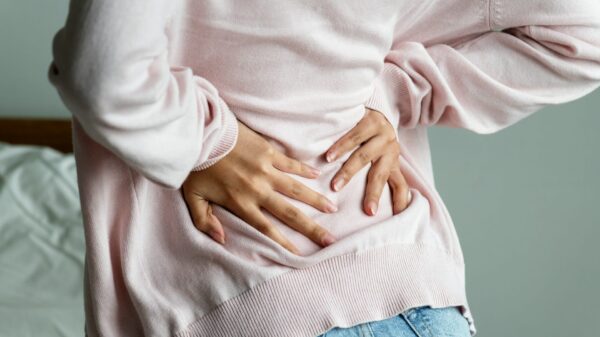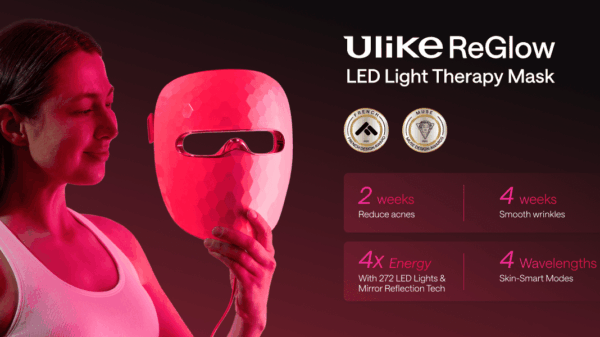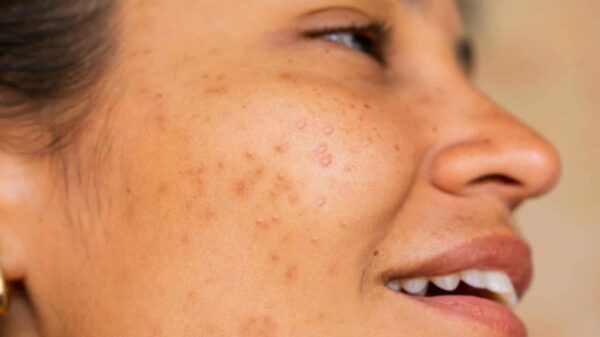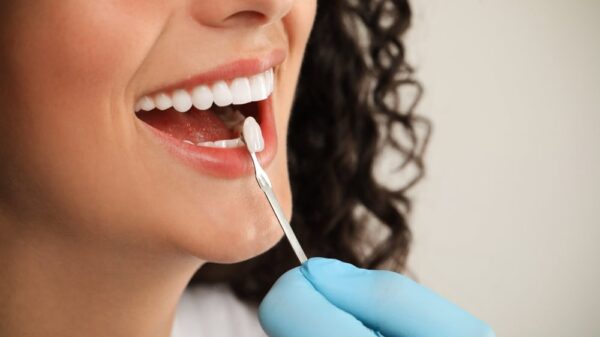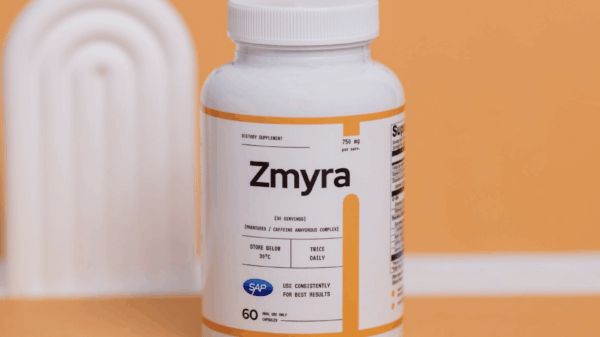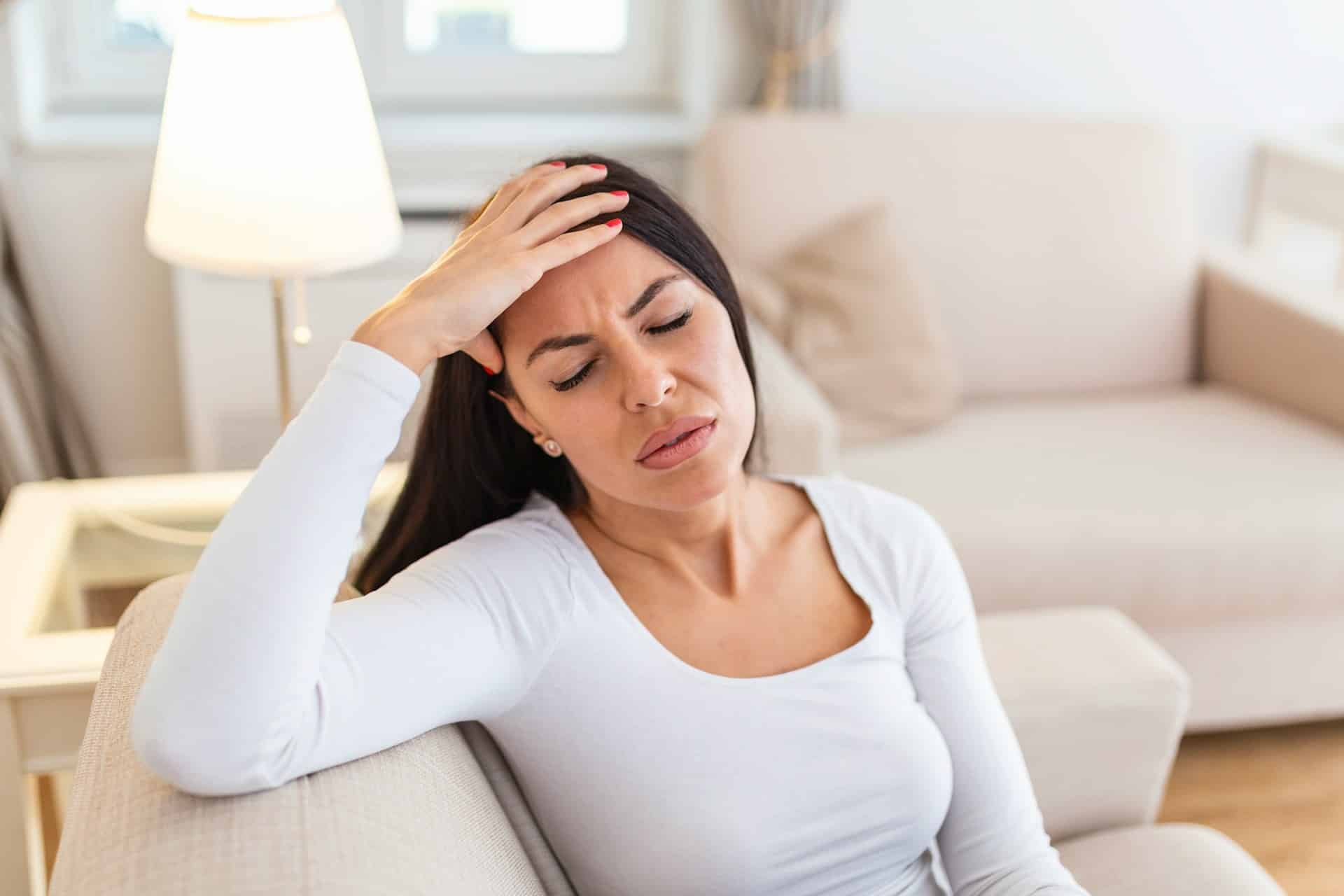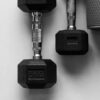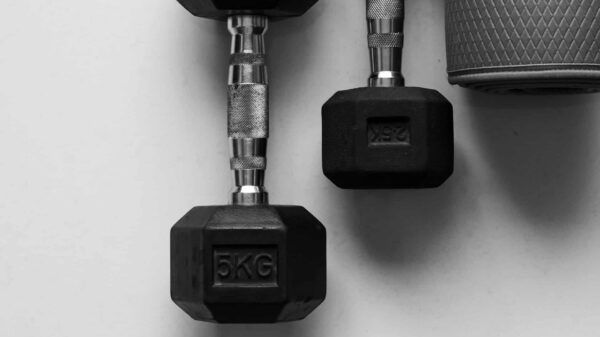Chinese medicine offers a compelling approach to alleviating headaches, particularly through the practice of acupressure. This method involves applying pressure to specific locations on the body to ease pain and tension, and it may be especially helpful for menstrual migraines. Studies indicate that certain acupressure points can alleviate headache symptoms and encourage relaxation throughout your menstrual cycle.
One well-known acupressure point for headaches is situated between the first and second toes, approximately one inch downward from the webbing. Gently pressing this point for a few minutes may provide immediate comfort. You could also experience relief by applying pressure to the inside of your wrist—about three finger widths down from your palm—or the area between your eyebrows, known as the “yin tang” point.
Many individuals find that coupling acupressure with mindful breathing enhances the technique’s effectiveness. Taking slow, deep breaths while applying pressure can help alleviate the migraine and diminish accompanying stress.
Living with menstrual migraines can be overwhelming, but it’s essential to remember that you are not alone in this battle. It may take time to determine what works best for your body, whether it involves a specific natural remedy or adjustments to your lifestyle. These at-home methods can empower you to take charge of your migraine management without relying solely on medications.
If one approach doesn’t yield the desired relief, feel free to explore others. Being attuned to your body’s signals is crucial. Remember, you deserve to feel comfortable and supported—not only during your menstrual cycle but throughout every day of the month. In addition to these home treatments, maintaining an open line of communication with your healthcare provider can help you investigate additional options suited to your individual needs. Together, you can craft a manageable strategy to reclaim your wellness, starting today.
Acupressure emerges as a fascinating way to mitigate headaches. Among the more prominent pressure points for this purpose is L14, commonly referred to as Hegu, located between your thumb and index finger. Gently pressing and massaging this area for a few moments on each hand could potentially lessen the severity of your migraine. It’s a straightforward and accessible home remedy that many have found beneficial.
Shifting focus to another practical solution, consider sleep hygiene. For those who endure hormonal migraines, the onset of these headaches often coincides with feelings of being overwhelmed or out of sync. Prioritizing quality sleep can be one of the most effective long-term methods for preventing migraines. Aim to maintain a cool, quiet, and dark bedroom environment. Establishing a regular sleep schedule, going to bed and waking up at the same time each day, can significantly boost your overall well-being.
It’s also worthwhile to restrict screen time at least an hour before you hit the sack. Late-night scrolling through social media may seem harmless, but it can disturb your sleep quality. Additionally, try to steer clear of caffeine after midday, as its stimulating effects can disrupt sleep patterns, especially for those prone to menstrual migraines. Establishing a healthy sleep routine is not just beneficial; it’s essential for managing those pesky headaches.
Another empowering tool in managing menstrual migraines is symptom tracking. Recognizing patterns in your cycle, identifying potential triggers, and monitoring your body’s responses to various treatments can create a proactive approach to pain management. Start by keeping a migraine journal or using a tracking app; this habit can help you better understand the intricacies of your symptoms.
**Whenever you encounter a migraine, make note of the following:**
– The date and time the migraine begins and ends
– Your current position in your menstrual cycle
– Your pain level
– Any accompanying signs or symptoms, such as light sensitivity, vision changes, nausea, or mood variations
– Foods and beverages consumed around that time
– The amount of sleep you received
– Your stress levels
– Any treatments attempted and their outcomes
Over time, this meticulous data collection can reveal patterns you may not have previously identified. For instance, you might find that a dip in estrogen, skipped meals, dehydration, or lack of sleep triggers your migraines. Understanding these triggers enables you to better plan and time your at-home remedies, like magnesium supplements or essential oils, thereby enhancing their effectiveness.
If you opt to consult a medical professional, having this detailed tracking available can be invaluable in their assessments. It provides your healthcare provider with essential insights, allowing them to suggest targeted treatments or preventive measures tailored to your unique needs.
As we strive to address monthly migraines, it’s crucial to acknowledge that each individual—and every migraine experience—is different. What works for one person might not work for another. Thus, create a personalized toolkit of strategies that resonate with you. Explore various at-home treatments and identify what suits your body best. By actively participating in your migraine management, you’ll be empowered to tackle the challenges of your cycle. Remember that you are not alone; many have navigated this path before you, and with the right resources, relief is attainable.
Image Source: Unsplash




